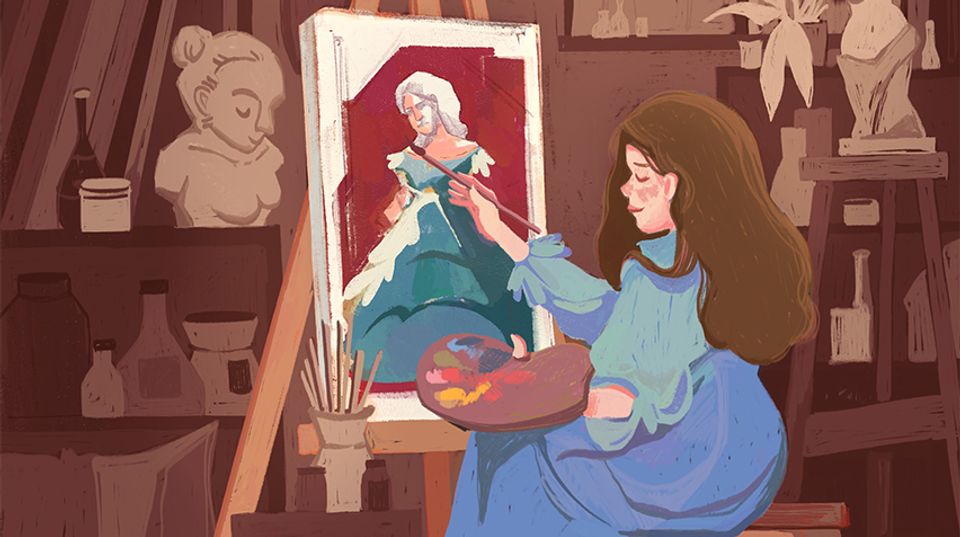
Throughout June and July, 77 middle and high school teachers attended week-long summer teacher institutes here at SAAM. English and history teachers from 26 states, the District of Columbia, Japan, and South Korea came to the museum to re-invigorate their practice and learn how to integrate American art into their teaching. Phoebe Hillemann, teacher institutes educator, fills us in.
Have you ever wondered what teachers do during the summer while their students aren't in school? If you don't have a teacher in your life, you might imagine idyllic months of leisure without a thought to curriculum, standards, or lesson planning. But the lesser-known reality is that many teachers are using their own time —and often their own money— to attend summer professional development. "Professional development" has a way of instilling dread among educators, involving sterile classrooms and uninspired lectures on standardized testing. But what happens when professional development takes place in an art museum?
Regardless of their prior art experience, by the end of the week every teacher attending our summer institutes had built confidence in their ability to engage students and enhance learning through art. Through hands-on teaching practice in the galleries, collaboration with colleagues, and time with museum educators, curators, and content experts, teachers learned how to strengthen their students' abilities to "read" an artwork through close looking, making inferences based on evidence, synthesizing ideas, and clear communication, all essential skills for the 21st century learner.
"To say that it changed how I teach is an understatement," a past participant said in a phone interview.
Teachers who have attended past summer institutes at SAAM have told us since integrating American art into their teaching, students are more engaged in critical thinking with all kinds of texts. They also make connections between lessons and across disciplines and displayed increased empathy toward those with backgrounds and experiences different from their own. Many teachers also noticed increased participation from students who were typically hesitant to speak up in class. They saw art become an equalizer in their diverse classrooms, offering an entry point for learners at all levels. "Introducing art is a very egalitarian exercise," reflected another past participant. "Everybody is empowered because everybody can notice."
As a staff member, I felt re-energized. In the company of these teachers' fresh eyes, I discovered new things in artworks I've spent countless hours with. It never occurred to me that Ferdinand Pettrich's 19th century sculpture The Dying Tecumseh would have much in common with the Old English epic poem Beowulf, but after hearing a high school English teacher's passionate case these works are both examples of elegy (a meditation on death), I will never look at Tecumseh without this connection.
The most exciting result of the teacher institutes is knowing that artworks within the museum's walls have a vibrant life ahead of them in classrooms around the country, inspiring conversation, debate, and wonder. If you give a teacher an art museum, it turns out they will do incredible things.

















